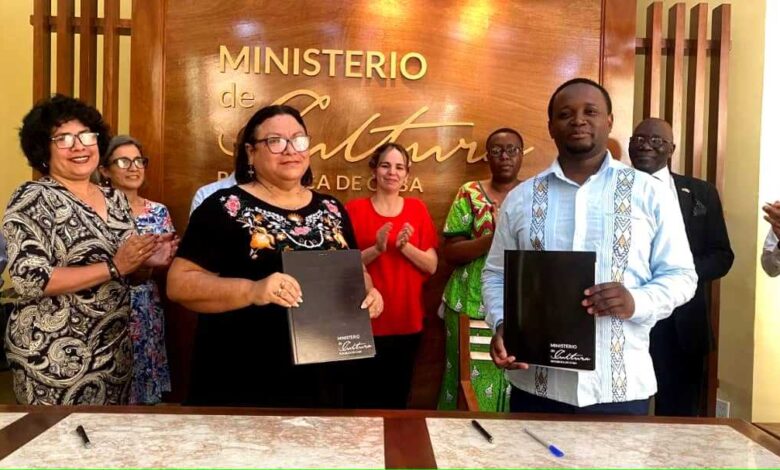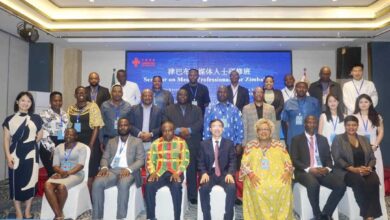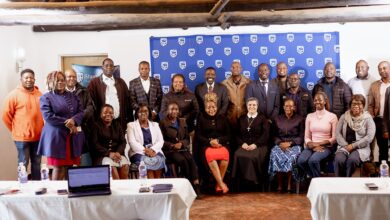Zimbabwe and Cuba Sign Historic Agreement to Transfer Battle of Cuito Cuanavale Artefacts to Museum of African Liberation

Harare and Havana — In a landmark move to preserve Africa’s liberation heritage, Zimbabwe and Cuba have signed a Memorandum of Understanding (MoU) for the transfer of military equipment used during the pivotal Battle of Cuito Cuanavale to the Museum of African Liberation in Harare. The agreement was formalized in Havana on June 10, 2025, symbolizing a renewed commitment to safeguarding the continent’s revolutionary history.
The signing ceremony brought together senior officials from both nations, including Brigadier-General Million Ndlovu of the Zimbabwe Defence Forces and Cuba’s Vice Minister of Culture, Lizette Martinez Luzardo. Their presence underscored the deep historical and cultural ties binding Zimbabwe and Cuba, forged through decades of solidarity in the struggle against colonialism and apartheid.
Ambassador Kwame Muzawazi, Chief Executive Officer of the Institute of African Knowledge, highlighted the significance of the artefacts. “This is equipment that was used in the Battle of Cuito Cuanavale, which was truly a defining moment in the history of Africa,” Muzawazi remarked. “It signified the beginning of the end of apartheid, the independence of Namibia, and the victory of the Angolan people in their struggle for self-determination.”
The military hardware, which includes tanks, artillery, and other equipment, will become a central exhibit at Zimbabwe’s Museum of African Liberation—an integral component of the larger Liberation City project. Muzawazi described the museum as envisioned to be a five-star institution dedicated to preserving and communicating Africa’s liberation legacy through authentic, tangible artefacts. “These are the real artefacts that carry the spirit and soul of Africa’s glorious past,” he added.
This latest MoU builds upon earlier collaborative efforts, notably the March 3, 2025, handover of liberation artefacts by Esteban Lazo Hernández, President of the Cuban National Assembly. The partnership dates back to 2022 when President Emmerson Mnangagwa dispatched Special Envoy Ambassador Simbarashe Mumbengegwi to Cuba to formally present the Museum of African Liberation project to Cuban President Miguel Díaz-Canel Bermúdez.
Sonja Perez Mojena, Director-General of Cuba’s National Council of National Heritage, praised the enduring solidarity between Zimbabwe and Cuba. “Afro-Cuban unity helped defeat one of the greatest enemies of humanity in the form of colonialism and apartheid,” she said, emphasizing the shared history that continues to unite both nations.
The Battle of Cuito Cuanavale, fought between November 1987 and March 1988 in Angola, was a decisive conflict involving Cuban, Angolan, and Namibian forces confronting the apartheid South African Defence Forces. It remains one of Africa’s most symbolic battles, widely regarded as a turning point that hastened the collapse of apartheid and paved the way for Namibia’s independence.
The transfer of these artefacts to Zimbabwe is expected to play a vital role in historical education and regional unity. By linking the struggles of the past with the aspirations of present and future generations, the Museum of African Liberation aims to inspire a deeper understanding of Africa’s liberation journey.
As the artefacts find a new home in Harare, Zimbabwe and Cuba reaffirm their commitment to preserving the legacy of resistance, solidarity, and triumph that continues to shape Africa’s identity today.




